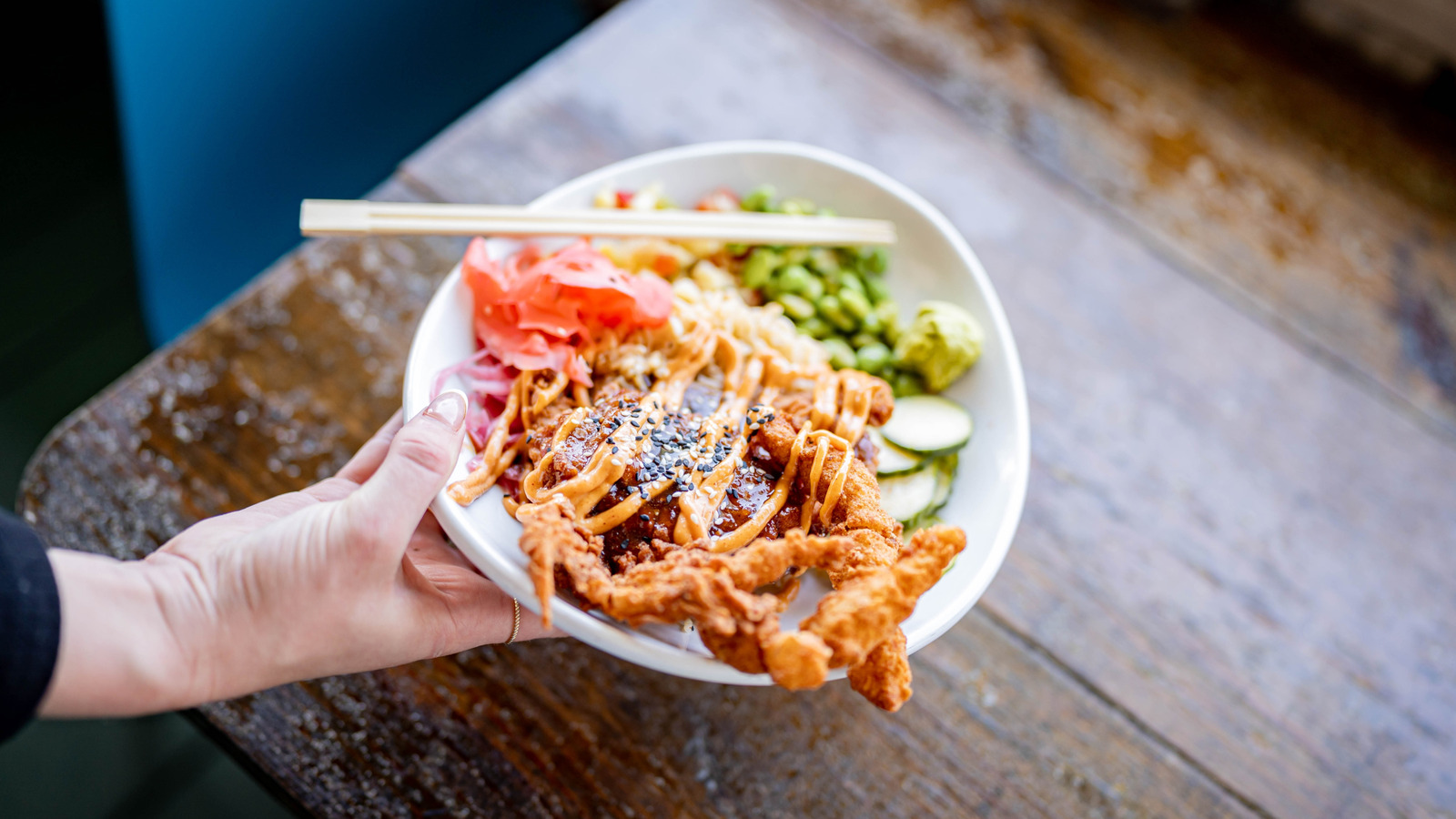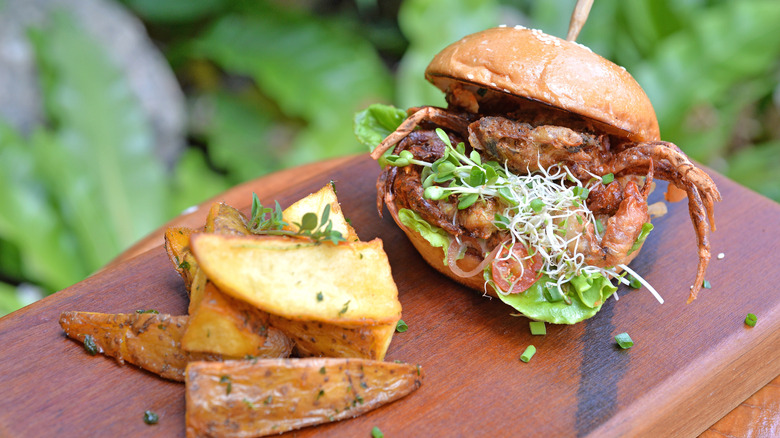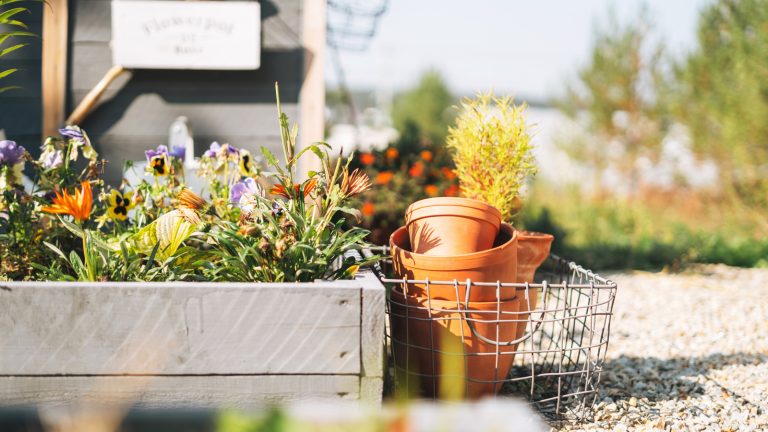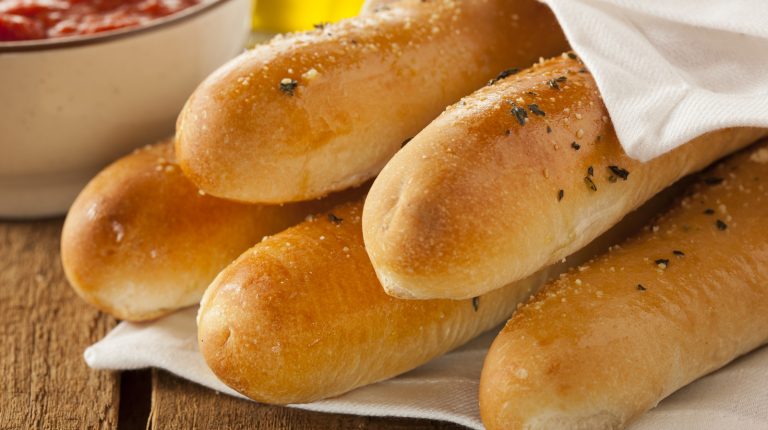Soft-shell crabs are unique amongst their peers. Unlike other variations of crabs that you prepare and cook, soft-shell crabs can be eaten whole — and we mean whole. Their shells are soft, tender, and edible, so there’s no need to pry the meat from a hard exterior. But what actually gives soft-shell crabs this unique texture is simple: They’re harvested immediately after molting.
The important thing to know about soft-shell crabs is that they aren’t a unique species of crab. The term “soft-shell crab” actually refers to any kind of crab which has recently molted its outer exoskeleton (the hard, external shell) – so a soft-shell crab could be a classic blue crab (as is common in the United States) or a king crab. After a crab has molted, time is of the essence as they only stay soft for around two to three hours before growing a new exoskeleton — but refrigerating them can help slow down the hardening of a new exoskeleton for 24 hours or so. Molting occurs during certain seasons due to temperature changes: In the Gulf Coast, soft-shell crab season occurs from spring to fall. Along the East Coast and Chesapeake, lower average water temperatures yield a shorter season for these soft-shelled delicacies.
The resulting texture from harvesting a perfect soft-shell crab is a delicate and soft crunch from the shell which gives way to the same rich, buttery, and slightly sweet meat you find with hard-shell crab. The texture of these crabs alone makes for unique dishes that are impossible to replicate with their hard-shell counterparts, making soft-shell crab a truly versatile ingredient.
Delicious ways you can prepare soft-shell crabs
There are many variations of soft-shell crab recipes, and as the crab is all edible, there is very little prep work involved. The only thing you’ve got to do is remove the less texturally palatable bits like the face, gills, and abdominal cover. After that, you’re all set to start cooking up some wonders.
One of the best versions of soft-shell crab — in both aesthetics and taste — is the classic deep-fried version. You’ll likely recognize some form of fried soft-shell crab, from the spider roll (one of the classic sushi rolls) to the American-style soft-shell crab burger. Making this dish at home is also super simple. After prepping your crab, dredge it in flour, dip it in an egg and milk batter, coat in flour again, and then deep fry. The finished product will have a distinctive, crunchy exterior and a soft interior that retains its original sweet and buttery flavors, making fried soft-shell crab a truly mouthwatering experience.
Another delicious and slightly more refined method of cooking soft-shell crabs is pan-sautéing them. Sauté the soft-shell crab in plain butter or in a spicy lemon garlic butter sauce for a restaurant-quality experience. This cooking method allows a slightly crisp exterior to develop around the tender and juicy meat. Plus, the sauce enhances the natural umami of the crab meat flavor. So, either way you prepare them, the iconic texture of soft-shell crabs offers a distinctive culinary experience.






